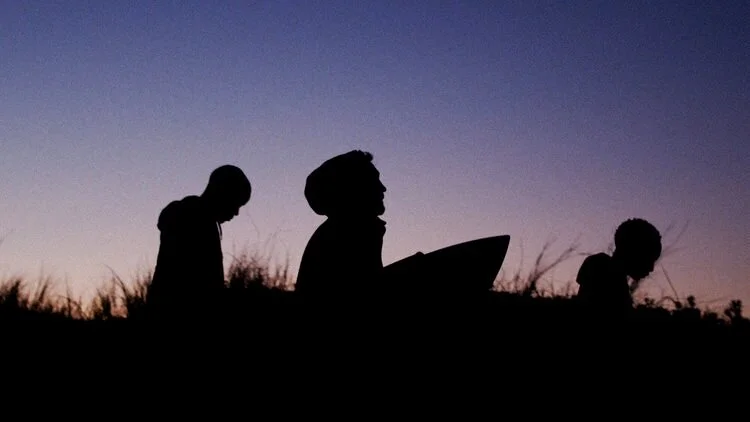"Ring of Fire" Solar Eclipse

From 05-06 June, the world was treated to a penumbral lunar eclipse. Now, on 21 June 2020, its time for pageantry from the sun by means of an annular solar eclipse.
When it is Happening
The first solar eclipse of 2020 will be centre stage from 03:45- 09:35 GMT on 21 June 2020. Coinciding with the June solstice- the longest, and the first full day of summer in the Northern Hemisphere and winter in the Southern Hemisphere.
What is an annular eclipse?
The annular eclipse is not a complete eclipse. It falls just short of one. In simple terms, it happens when the new moon is aligned directly between the earth and sun, covering the face of the sun. The lunar disk, however, is too small to completely conceal the sun from our view. Leaving parts of the sun visible around the moon’s diameter. Thereby creating a phenomenon referred to as the annulus, or “ring of fire”.
Photo credit: Abed Ismail
From where will it be visible?
Regions in the path of visibility of the solar highlight include the Democratic Republic of the Congo, Central African Republic, South Sudan, Sudan, Ethiopia, the Red Sea, Yemen, Saudi Arabia, Oman, the Gulf of Oman, Pakistan, India, China, Taiwan, the Philippine Sea (south of Guam), northern Australia and the north Pacific Ocean.
For those not in the path of optimal visibility, enjoy the link to an online watch party below. Slooh are working partnership with observatories in different continents to produce the best possible viewing experience
.
Safety Precautions
Celestial shows of this sort seldom happen but that isn’t an excuse to damage one’s eyes. Meaning that resisting the urge to look directly at the sun is paramount. Other tools that are not advised to be used to view the eclipse include sunglasses, x-ray sheets, mobile phone cameras and binoculars. The best tools to use are eclipse glasses, telescopes with a solar filter or through creating a pin hole projection system.
An annular solar eclipse will occur on June 21, 2020. Solar Eclipse will start around 03:47 - 09:34 GMT. Make sure that you set your reminder! :)
Enjoy!





